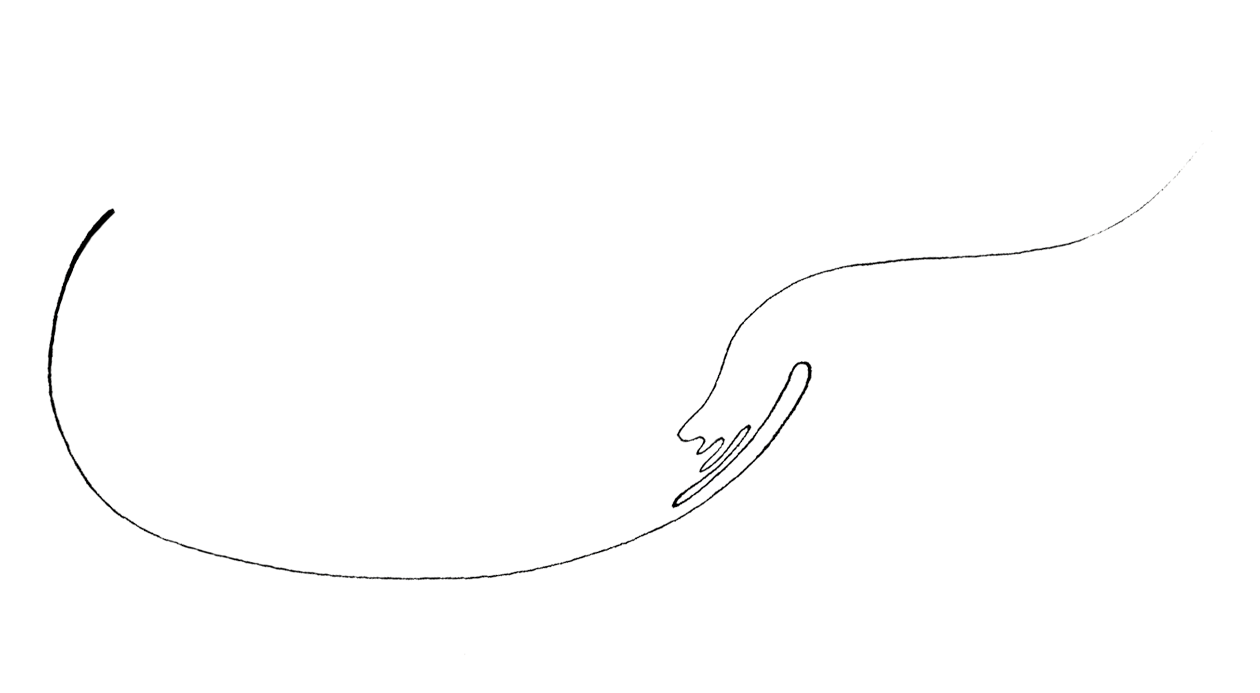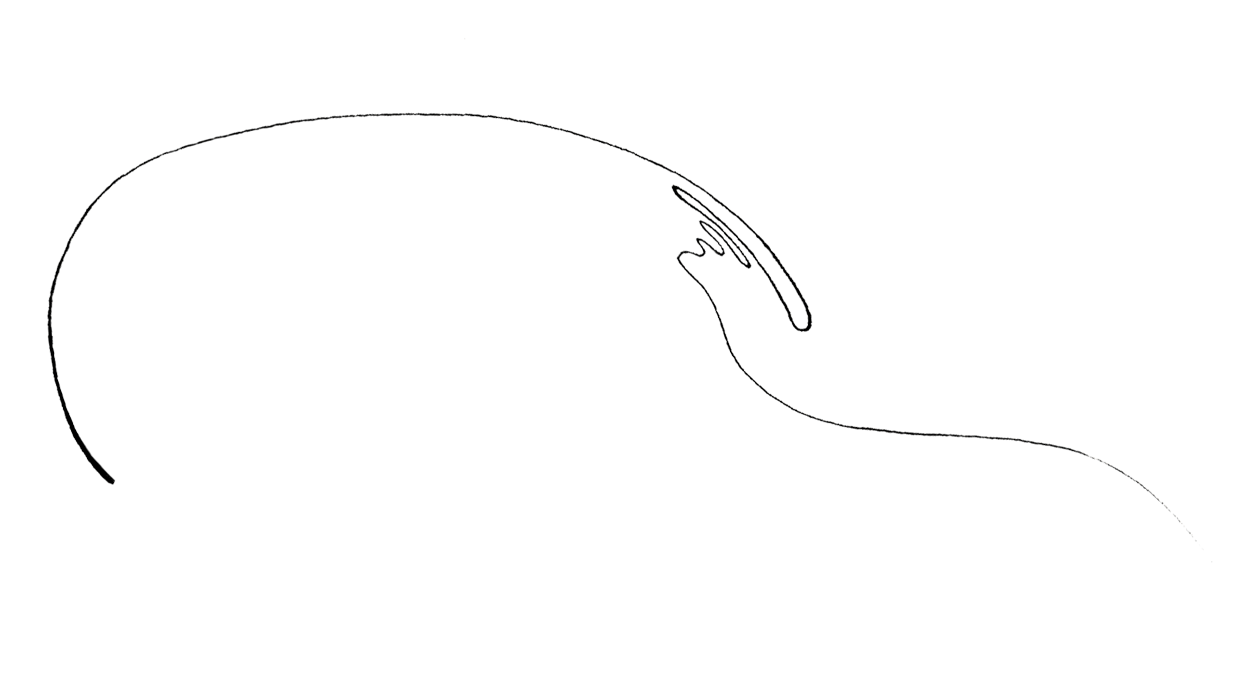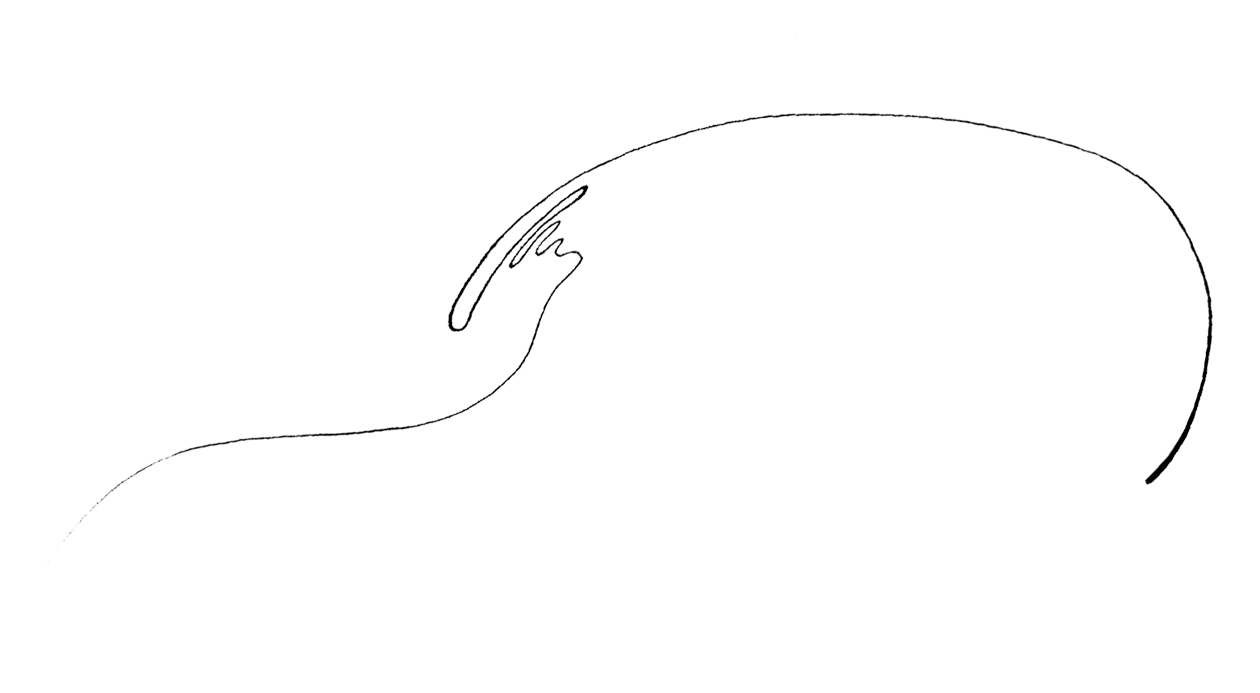



THE LAND
Hover to discover more
Terra means land in latin while Meera derives from Sanskrit and Slavic roots, meaning the sea or peace (mir). Together, Terra Meera means the peaceful land that looks towards the sea. The land sits in a fertile valley, close to natural springs and an intimate forest with a river running through it. It is located in the Sibenik-Knin county, near the ancient Bribir ruins and about 14 km from the city of Skradin, the gateway to the Krka National park as well as the Adriatic sea.

Next to the tiny village in which Terra Meera lies, on a high plateau, you will find Bribirska Glavica - one of the most fascinating archaeological sites in Croatia. The site traces human activity from the Liburnian and Antiquity times, to the late medieval period. In archaeological circles, the site is known as the ‘Croatian City of Troy’. Founded in ancient Illyrian times by the Liburnian people of 900 B.C., the place was named Varvaria, meaning ‘a settlement by water’. This ancient Illyrian sacred place is seen from the ‘Mačkov kamen’, located on the tip of the ancient 'Dragon's eye' pyramid of Ostrovica nearby. Along with other megalithic monuments (so-called circular ‘gromile’) in the Dalmatian region of Croatia, these sites form a geomantic energetic formation known as Dragon’s lines. Later, Varvaria became a Roman municipium until the fall of the Roman Empire, followed by barbarian times, until the Croats colonised the ruins of the municipium in the 7th century, and declared the site as Bribir.
GROUNDED
Hover to discover more
Significantly, Terra Meera lies between these two energy amplifiers that the Liburnians once used as sites for spiritual initiation and receptive sites for new ideas and new life directions. In these transformative times, we see Terra Meera tapping into these energy amplifiers in order to help manifest a more harmonious and meaningful way of living in connection with the earth and each other.





WHY REGENERATION?
The pandemic crisis and the unimaginable lockdown worldwide revealed how our irrational economy has weakened local resilience. While cities have been promising jobs, modernity and progress, the countryside was considered to be backward and traditional. Yet, agriculture is the root of culture itself - seeds, soil and food tell a story, a story that teaches us something about our culture with every bite.

OVERLOOKED
With the densest biodiversity and richest wild food variety in Europe, Croatia is a pristine jewel that needs to be protected and nurtured, yet so much of its agricultural land is abandoned.

The Bribir region that surrounds Terra Meera used to be thriving with small-scale farmers and traditional agriculture that slowly disappeared in the last 20 years (with the boom of mass coastal tourism). Terra Meera aims to create a sustainable model of organic food production based on regenerative practices. It is critical to differentiate here between organic and regenerative. Whilst organic farms usually have simply replaced the chemical inputs with so-called “natural” inputs whereby the basic farming paradigm remains the same, Regenerative Agriculture, on the other hand, is the result of a fundamentally different understanding of the way plants grow.
REGENERATIVE
‘Regenerative Agriculture describes farming and grazing practices that, among other benefits, reverse climate change by rebuilding soil organic matter and restoring degraded soil biodiversity – resulting in both carbon drawdown and improving the water cycle. Specifically, Regenerative Agriculture is a holistic land management practice that leverages the power of photosynthesis in plants to close the carbon cycle, and build soil health, crop resilience and nutrient density.’
Terra Meera is currently revitalising 1ha of land by planting a whole variety of native fruit trees and introducing a permaculture model. In the future, we also aspire to create an open seed bank and lay the foundations for a collective project of local and regenerative agriculture in the area.




